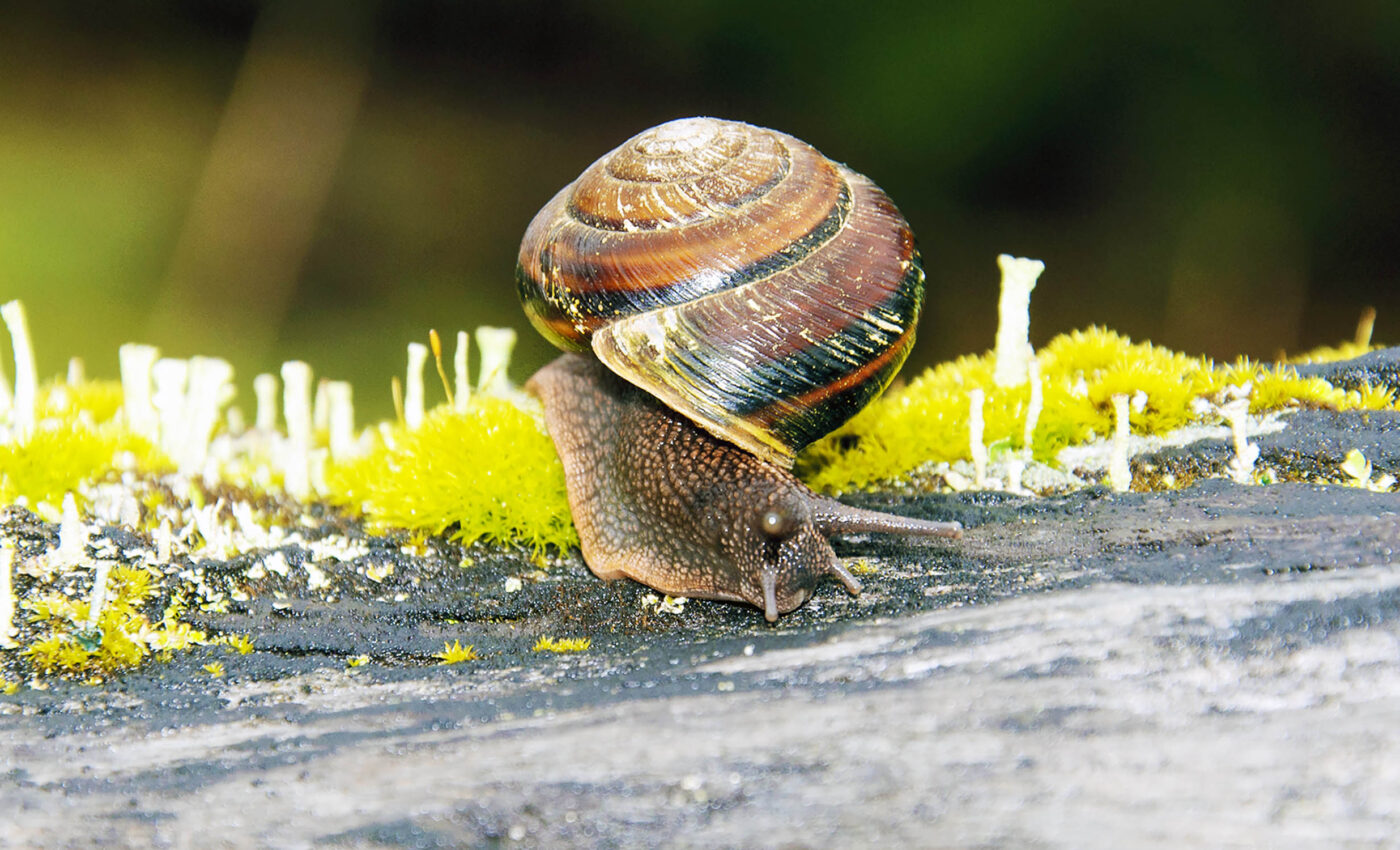
Pest control product 'Nemaslug' could harm beneficial snails
A popular product Nemaslug, created to kill pesky agricultural slugs, could be deadly to one of the Pacific Northwest’s native sideband snail.
Scientists at Oregon State University released a study revealing this shocking discovery. The study urges caution as the product aims for approval in the United States.
It’s a reminder that even seemingly helpful solutions can have unanticipated consequences for our delicate ecosystems.
Nemaslug and sideband snails
The product, called Nemaslug, relies on a microscopic parasitic worm (nematode). These tiny assassins are a farmer’s friend when battling slimy crop-munching slugs.
However, OSU’s research reveals the dark side: these same nematodes could infect and kill native Pacific sideband snails – and possibly other innocent gastropods, including the iconic banana slug.
The Pacific Northwest’s misty climate is a paradise for snails and slugs. It’s a biodiversity hotspot for these often overlooked creatures. Sadly, threats like habitat loss and rising temperatures already plague these unique animals, making the Nemaslug discovery even more concerning.
“This finding is a big deal because there are strong efforts to bring this commercialized nematode to U.S. markets to control invasive pests, such as the gray field slug, that cause damage to a variety of agricultural crops,” explained Dee Denver, head of OSU’s Department of Integrated Biology
How Nemaslug affects snails
Nematodes might be tiny, but they’re ruthless. They exploit natural openings in a slug’s body, sneaking inside like microscopic ninjas.
Once within, they release a deadly bacteria, and the slug’s fate is sealed. The nematodes multiply rapidly, and when their victim perishes, they burst out like a scene out of a horror movie, ready to find their next snail or slug to conquer.
Unfortunately, those nematodes don’t seem to know the difference between a pesky agricultural slug and a harmless native snail.
If Nemaslug becomes widely available in its current form, scientists fear it could wreak havoc on the local snail populations in our backyards and forests.
Lessons from past
Farmers understandably need solutions to protect their livelihoods. But protecting those delicate ecosystems is a responsibility we all share. Good intentions in pest control have often gone wrong throughout history.
“Terrestrial slugs and snails make up more than one-third of the total documented animal species extinctions since the year 1500.” said Denver.
Remember, in Hawaii, well-meaning scientists introduced a snail to control another invasive snail species. Tragically, it led to the extinction of hundreds of native Hawaiian snail species. This sobering example proves the unforeseen dangers of tinkering with ecosystems without rigorous study.
Field research on Nemaslug and snails
Clearly, more research is crucial. Scientists must study Nemaslug’s effects on snails and slugs in the wild, not just in labs.
Are there ways to modify it to target only the harmful invasive slugs? Are there alternative pest control methods that are safer for our native snails? These questions need answers before Nemaslug gets approval for widespread use in the U.S.
What can you do?
Following steps could help in conserving snails:
Get to know your local snails
Diving deeper into understanding and protecting our slimy companions starts with a simple curiosity about the mollusks that inhabit our local environments.
By conducting a bit of online research, you might be amazed to discover the diversity of snail and slug species living right in your backyard or local park. This newfound knowledge transforms these often-overlooked creatures into familiar neighbors, fostering a deeper connection and a personal stake in their well-being.
Spread the Word
Knowledge is most powerful when shared. By discussing what you’ve learned about local mollusks and the broader implications of indiscriminate pest control practices with friends and family, you create a ripple effect.
Informed citizens are more likely to demand environmentally responsible pest management solutions from local authorities and gardening centers, emphasizing the importance of preserving our delicate ecosystems for future generations.
Support wildlife conservation
Beyond individual actions and spreading awareness, supporting organizations dedicated to wildlife conservation is a vital step in protecting our natural world. These organizations work on the front lines to safeguard habitats, conduct essential research, and advocate for policies that benefit biodiversity.
Your contributions, whether financial or volunteering your time, empower these efforts. They also provide a means for you to be part of a larger community committed to environmental preservation.
Let’s not let our beautiful Northwest snails become casualties of careless pest control.
The study is published in PLOS ONE.
—–
Like what you read? Subscribe to our newsletter for engaging articles, exclusive content, and the latest updates.
Check us out on EarthSnap, a free app brought to you by Eric Ralls and Earth.com.
—–













